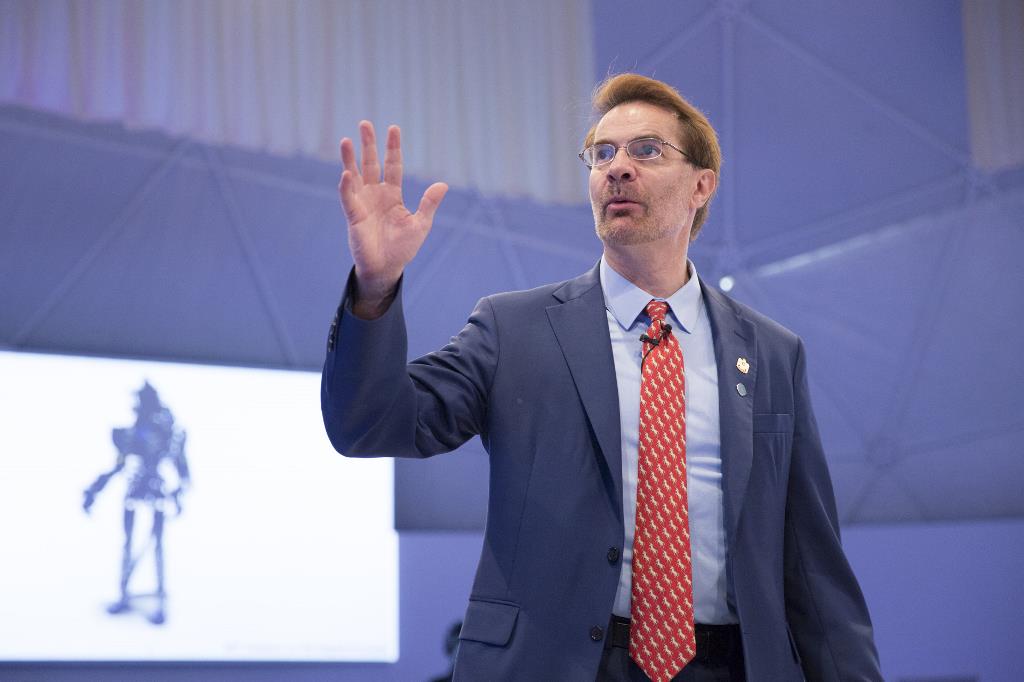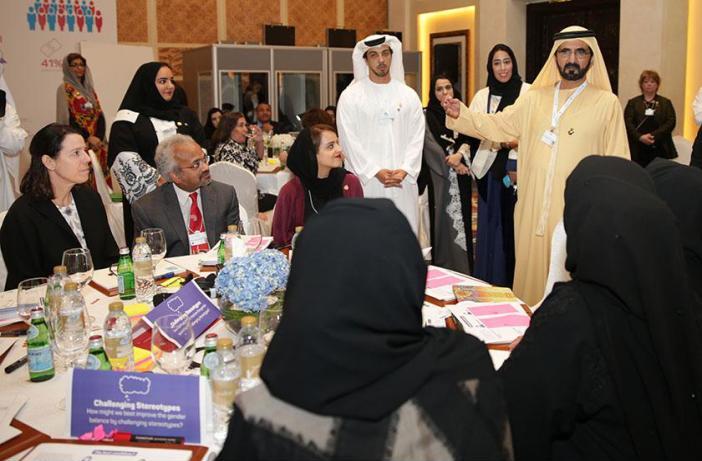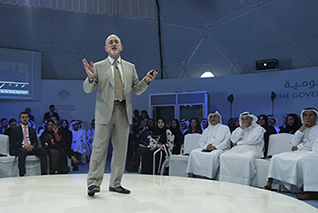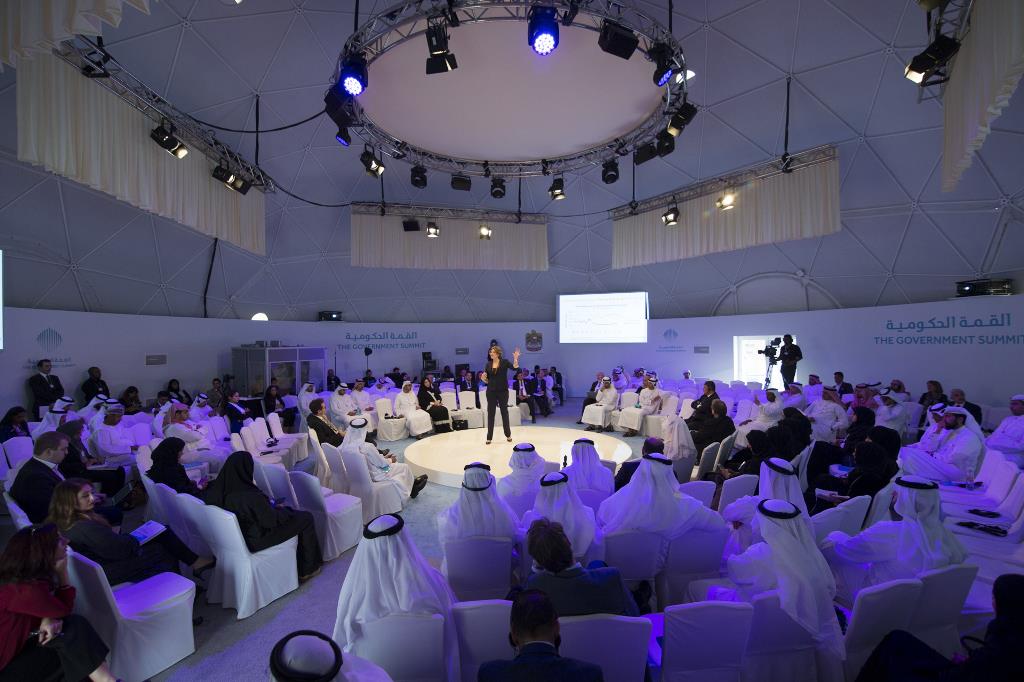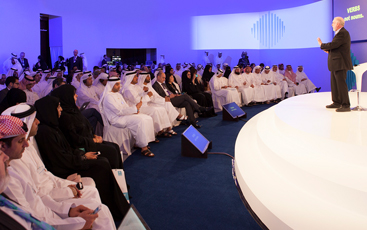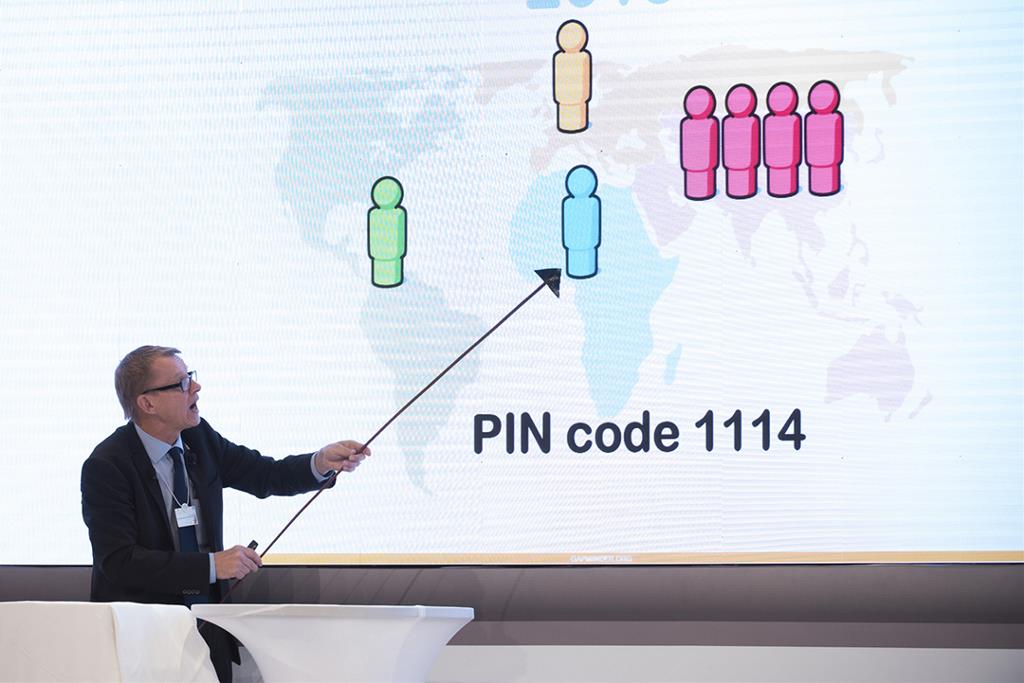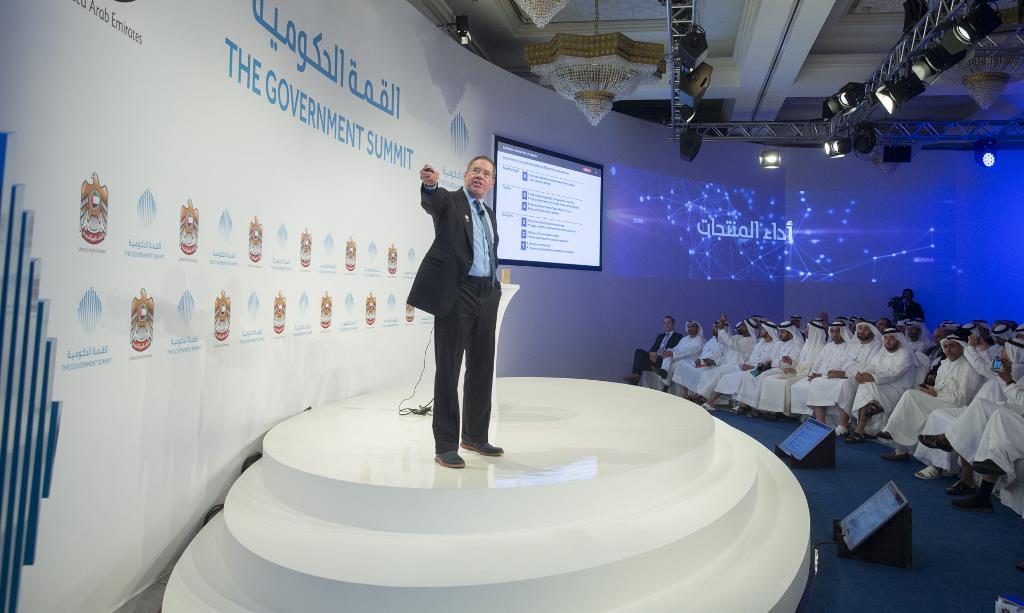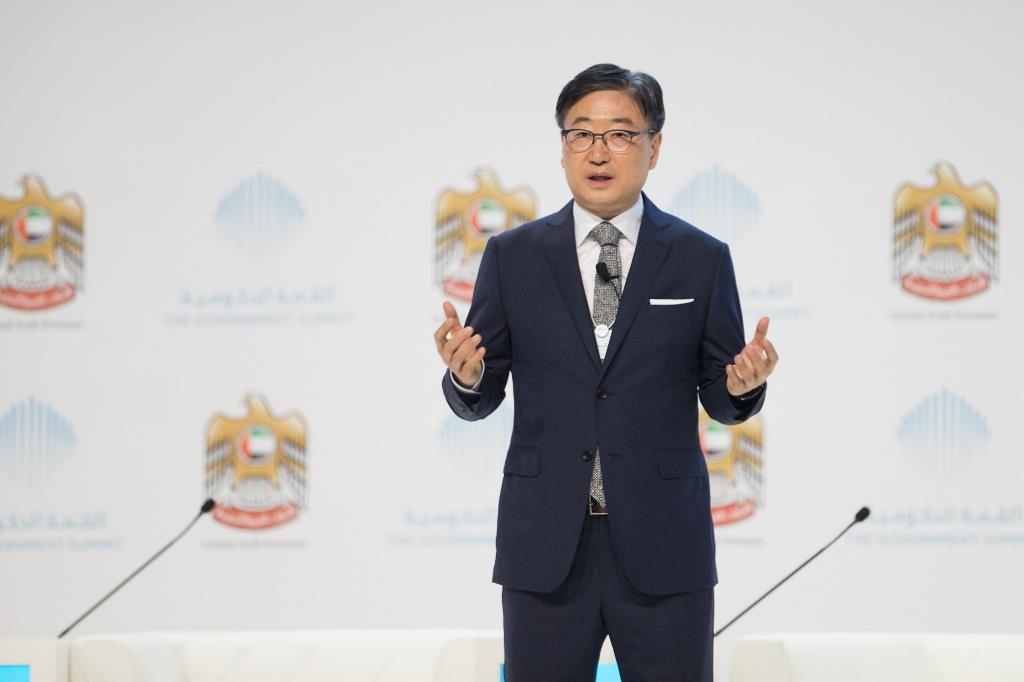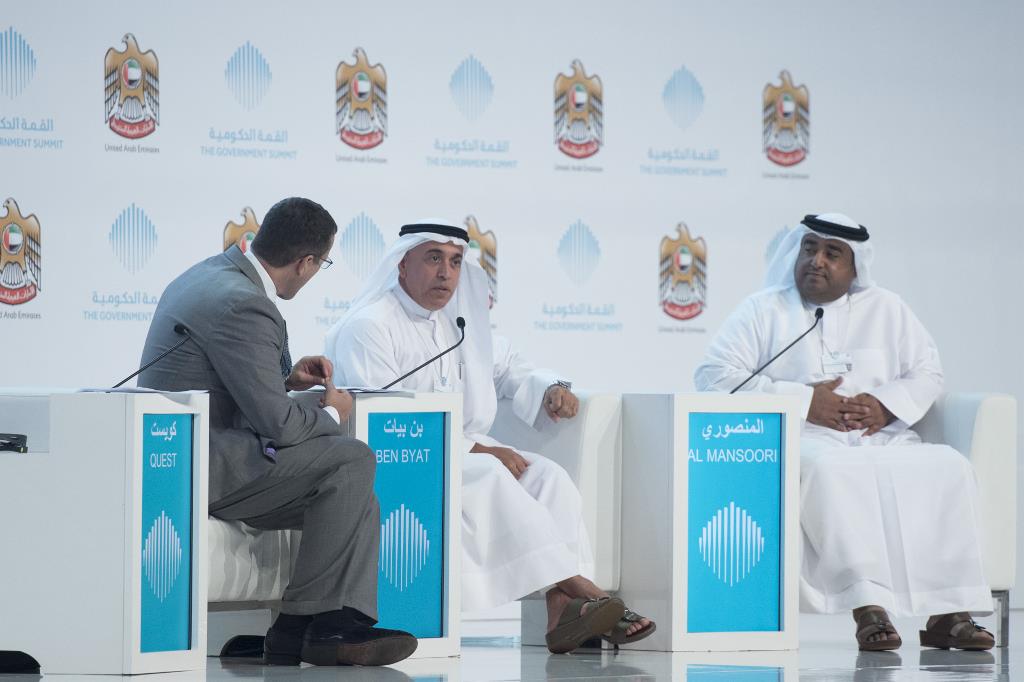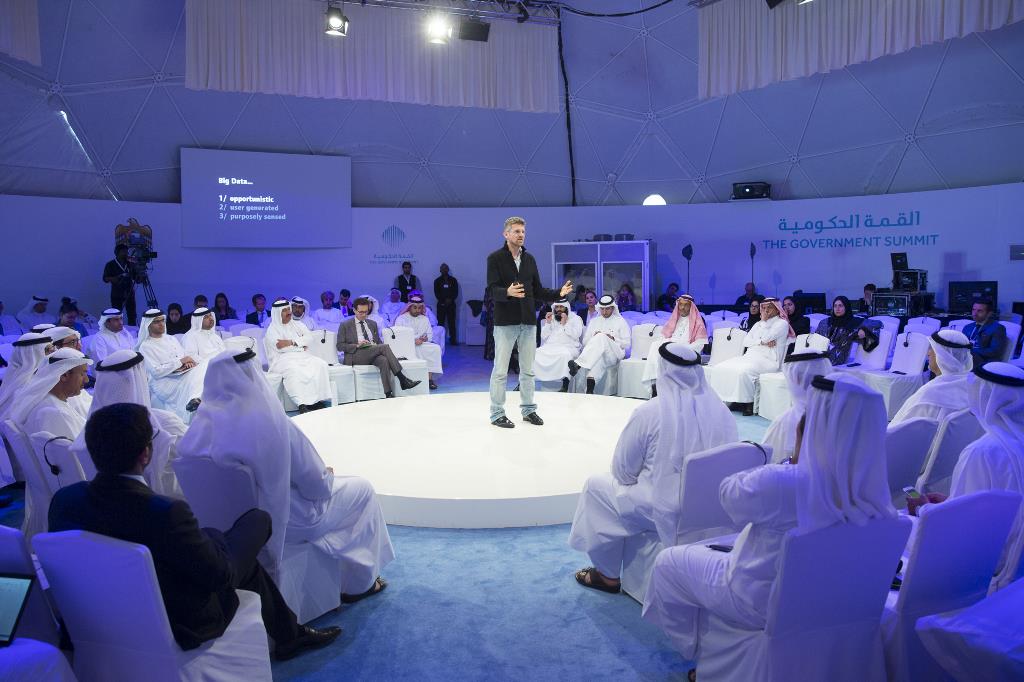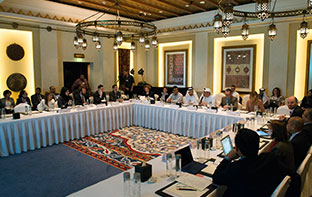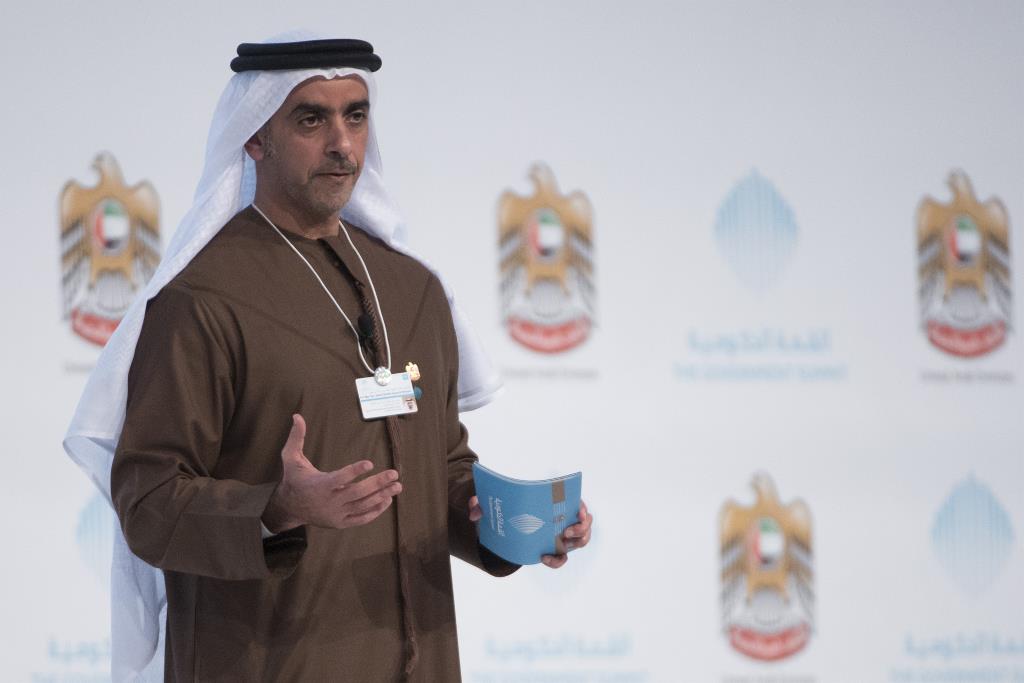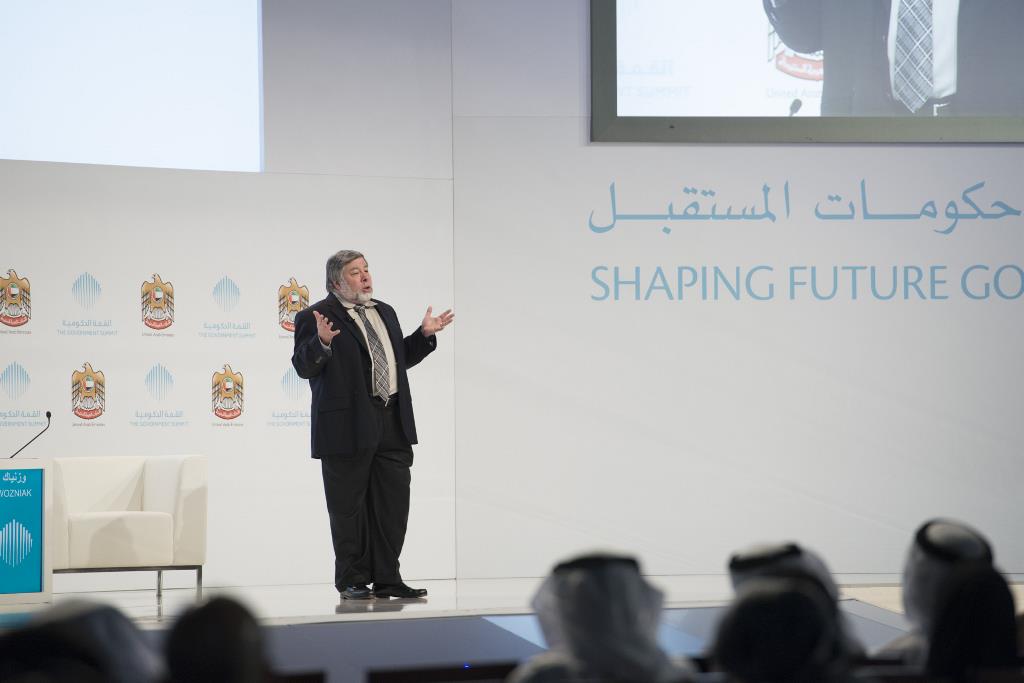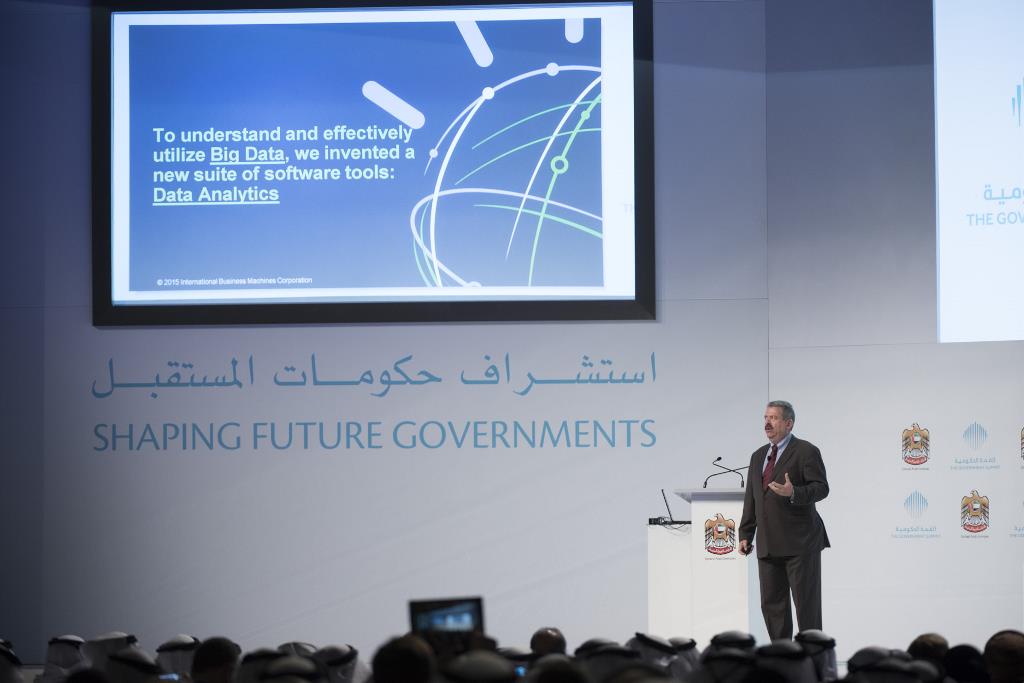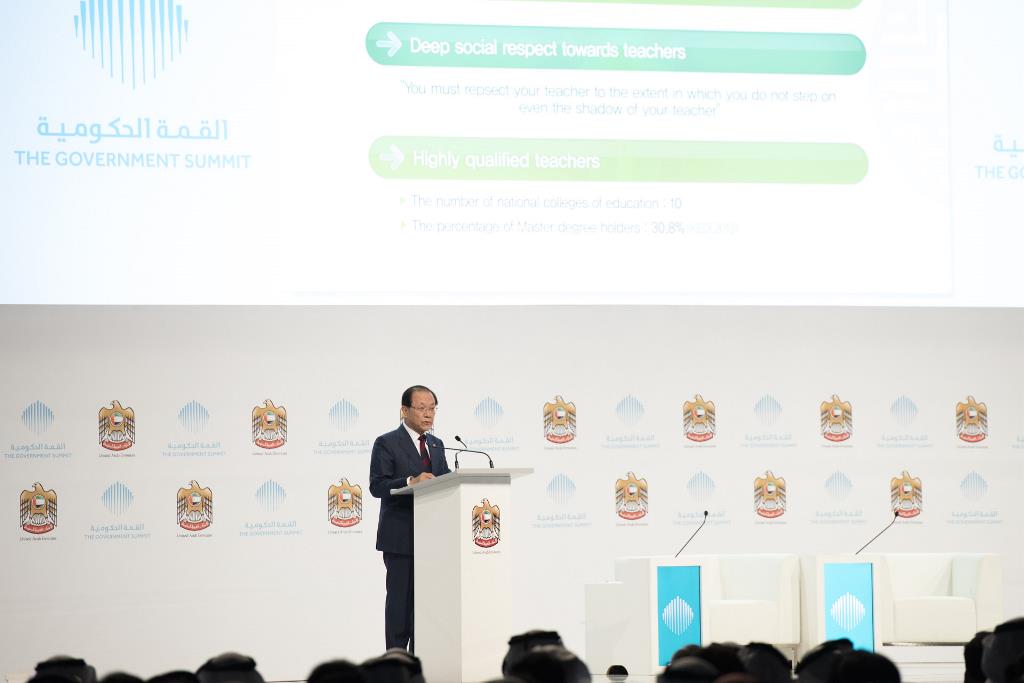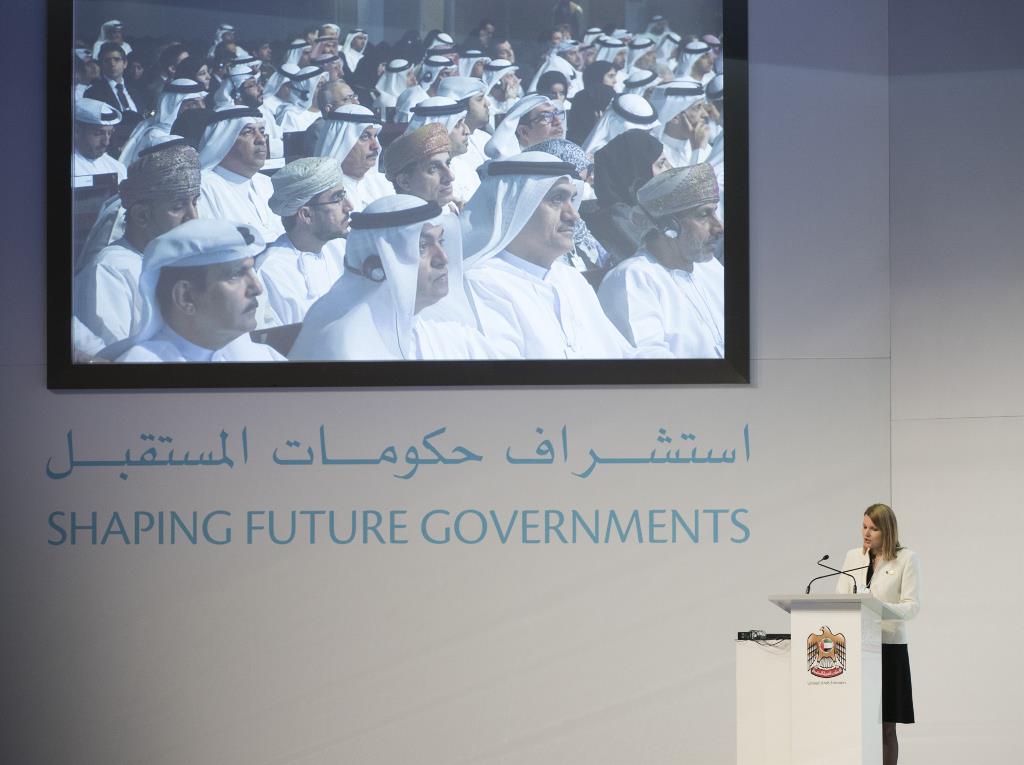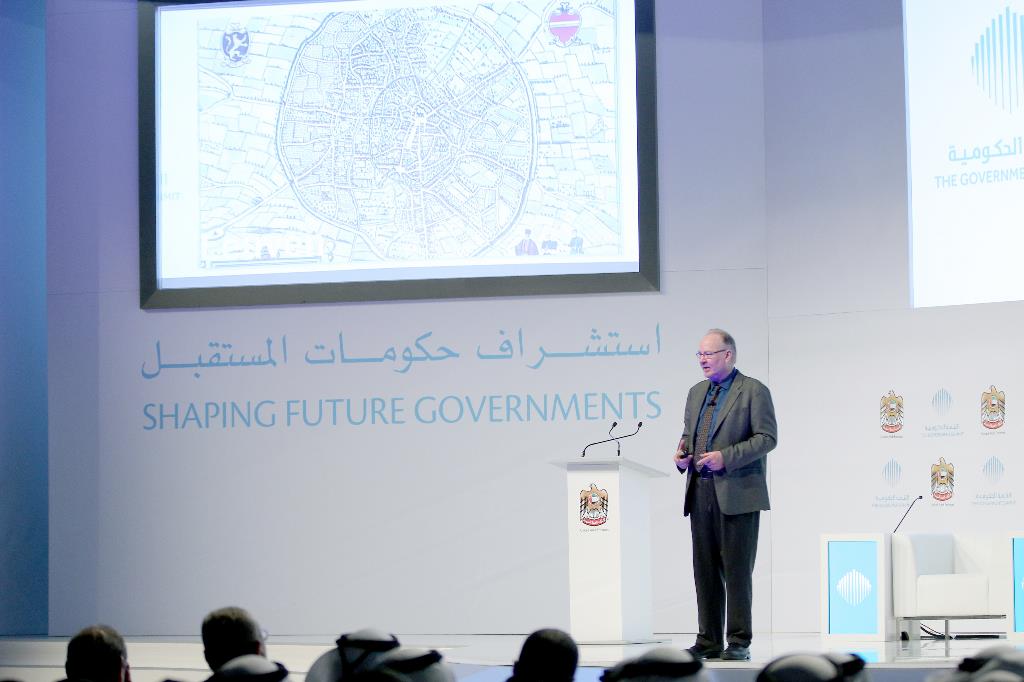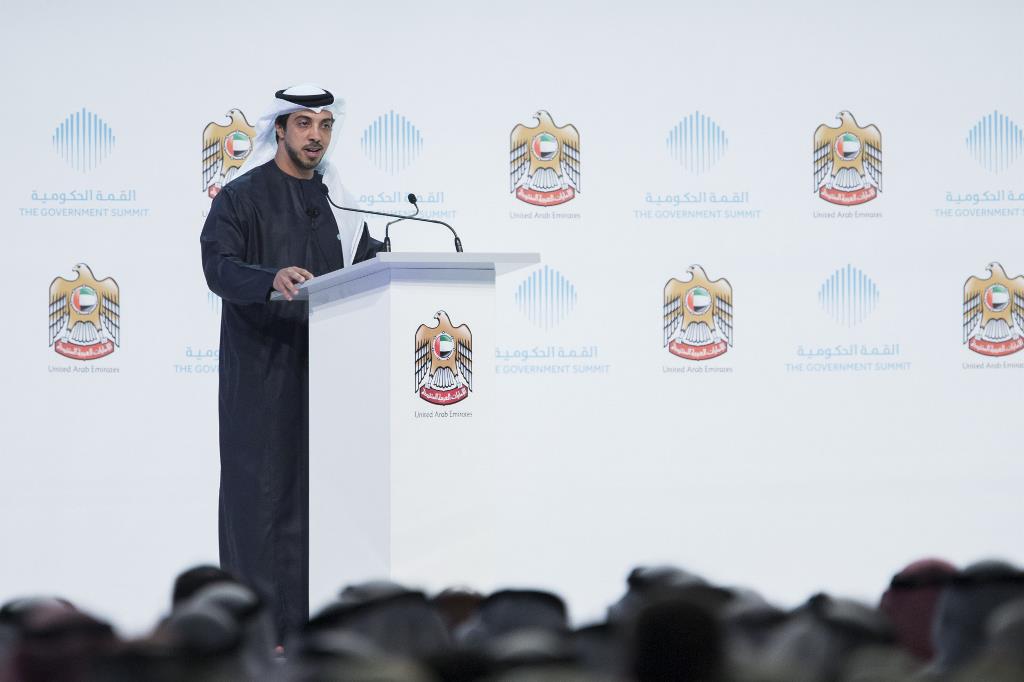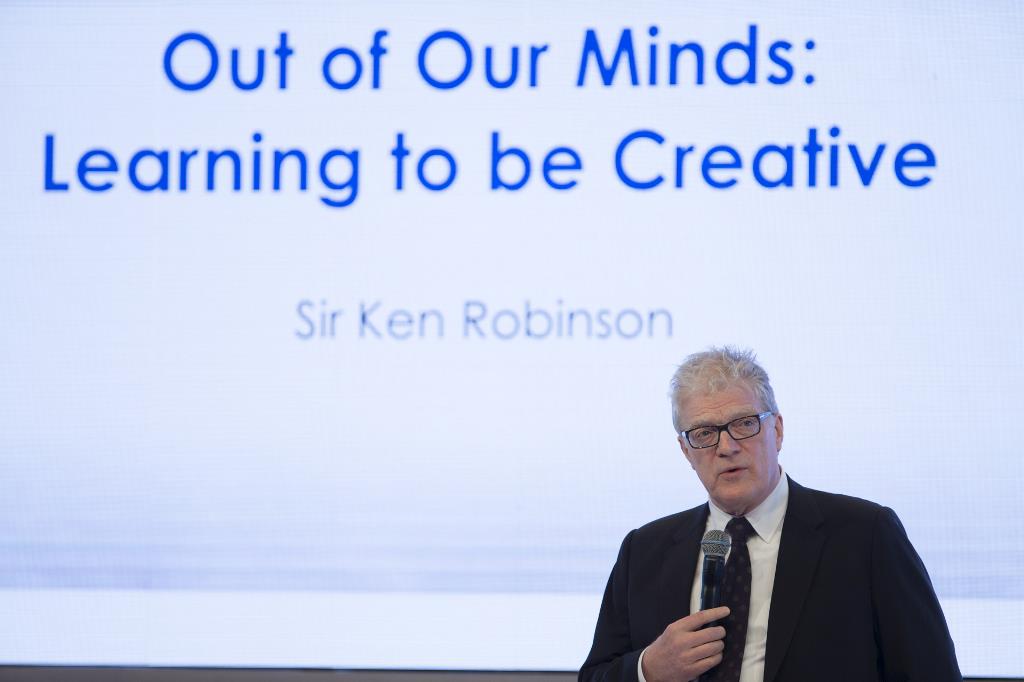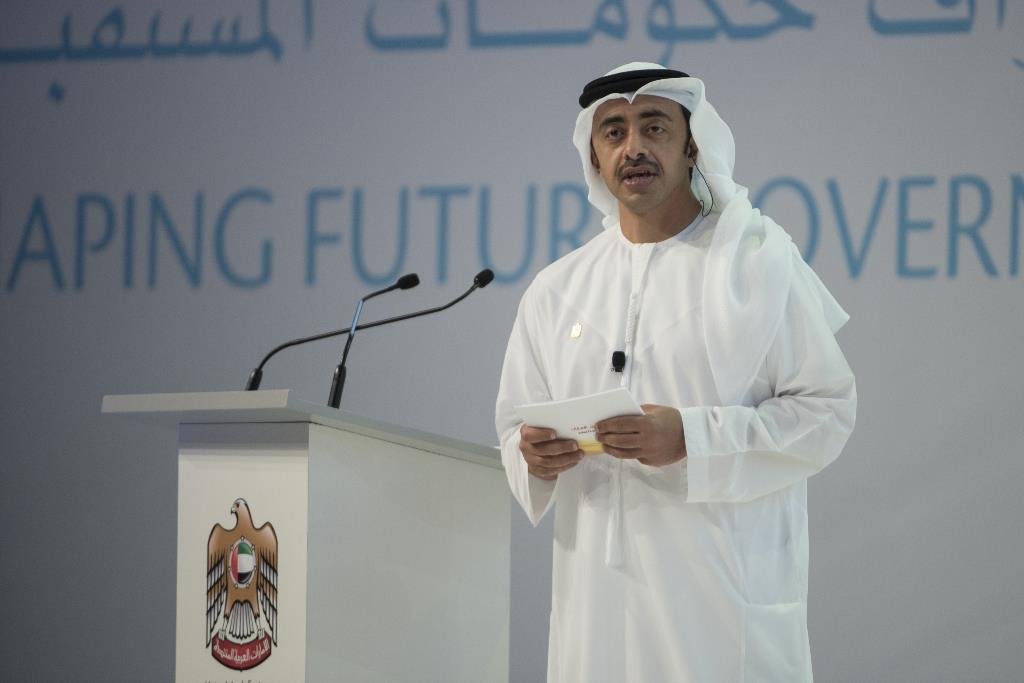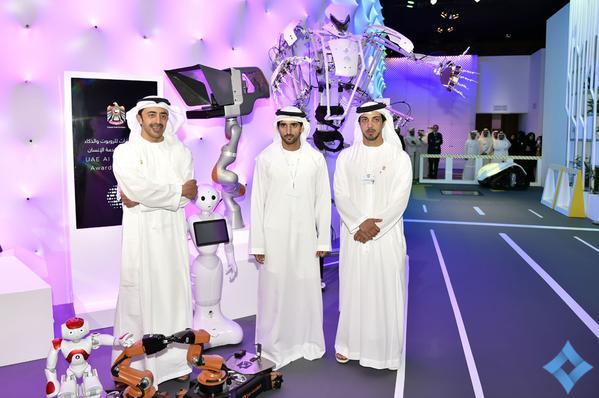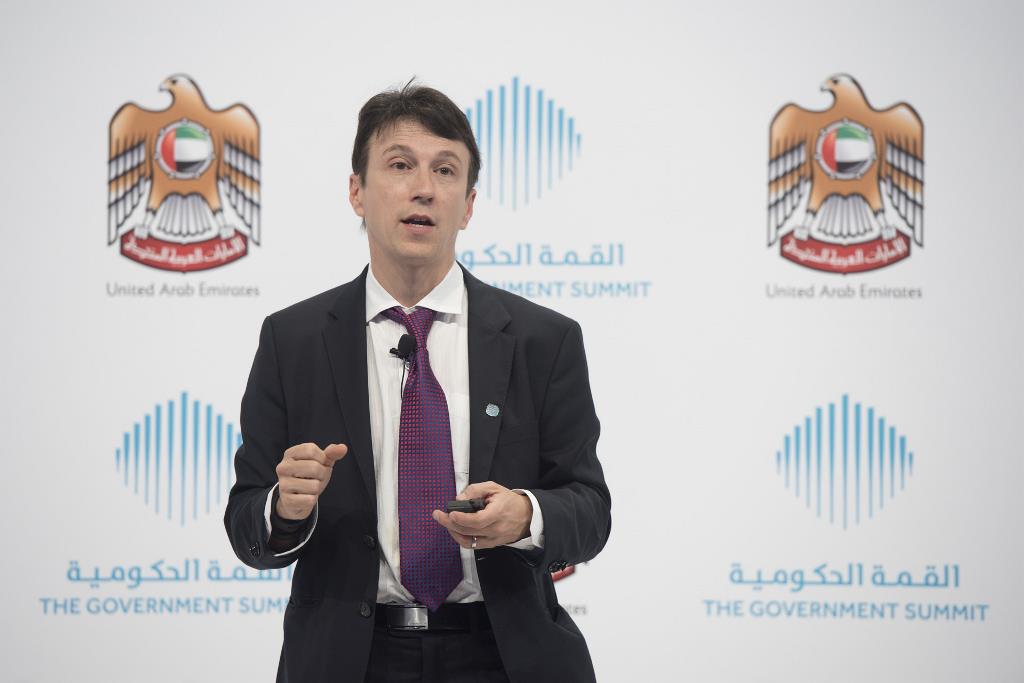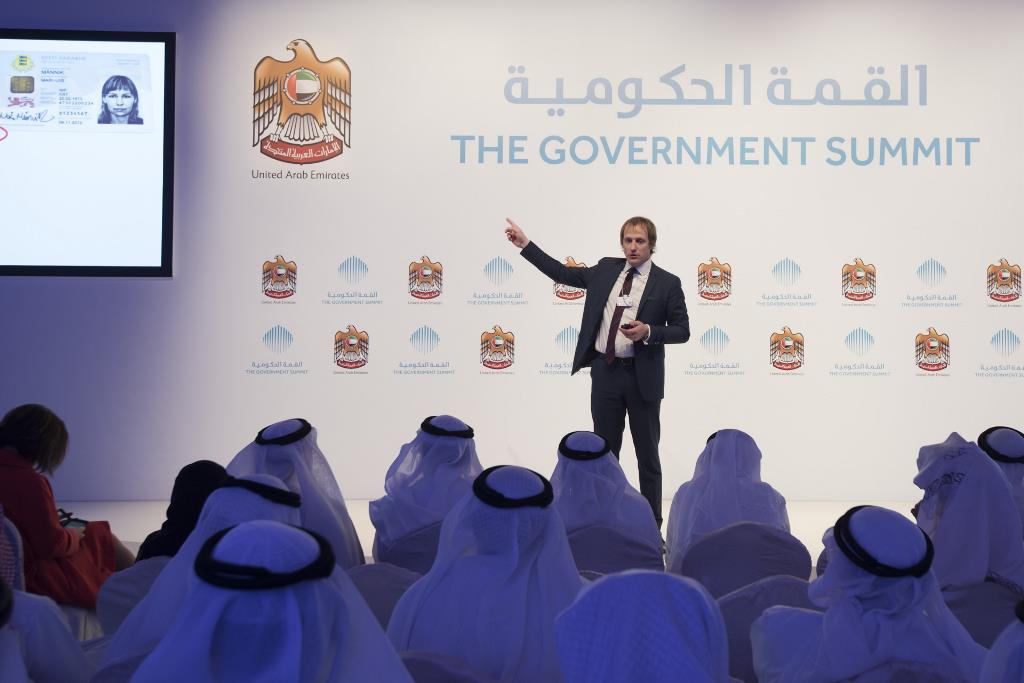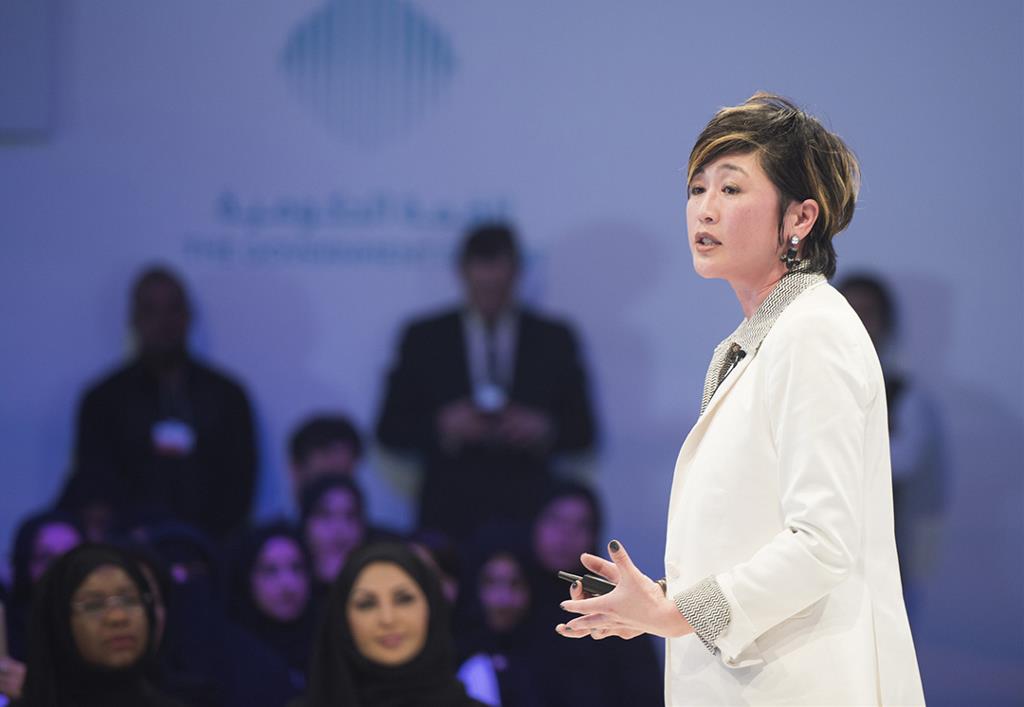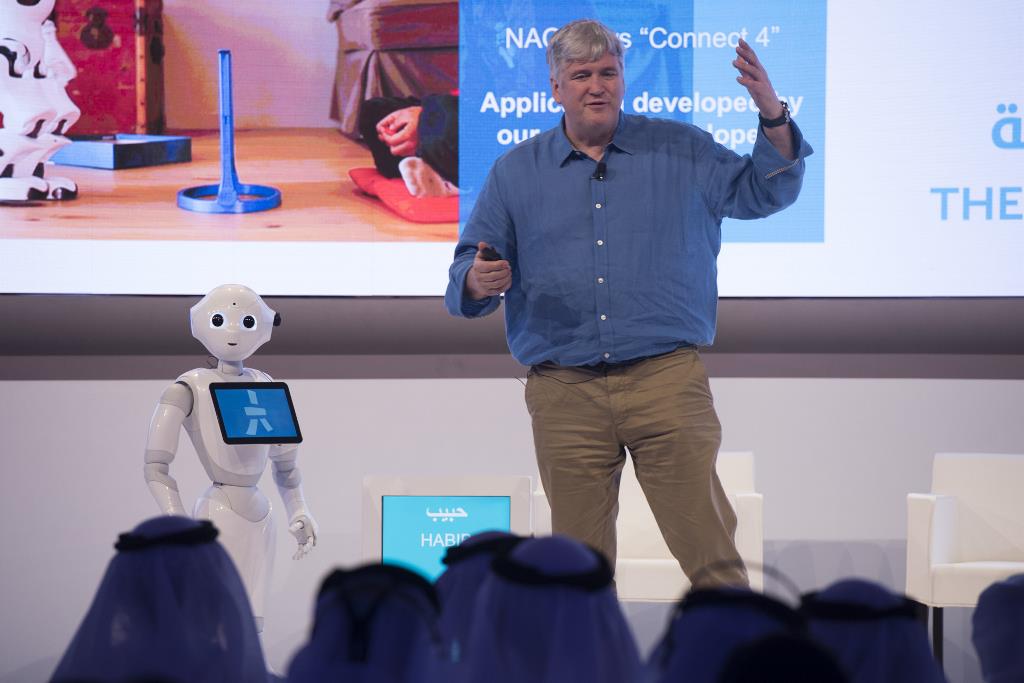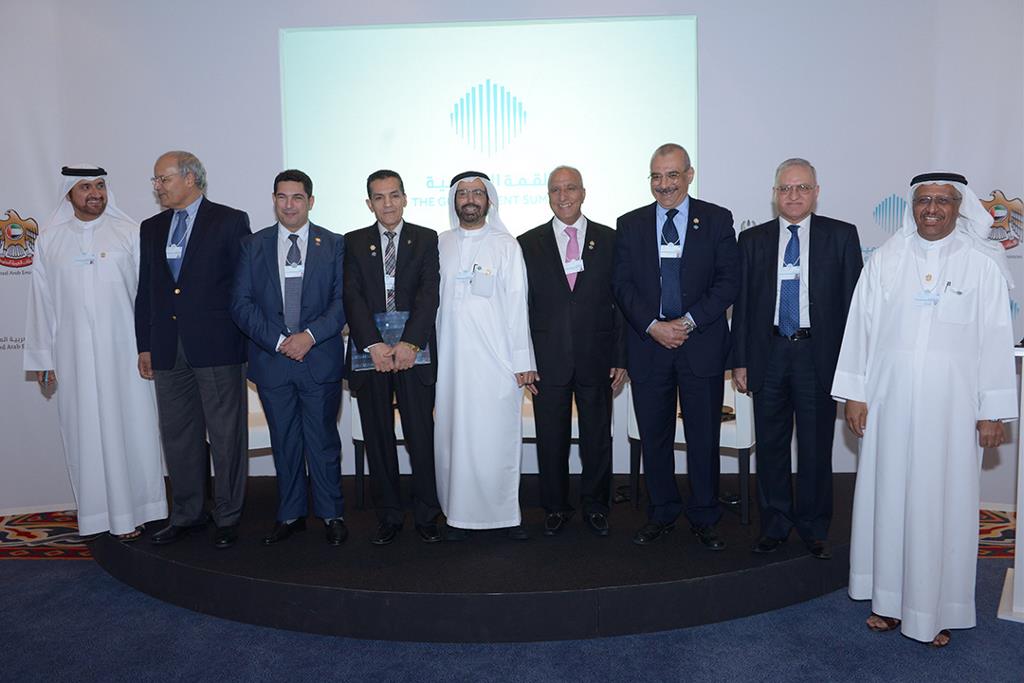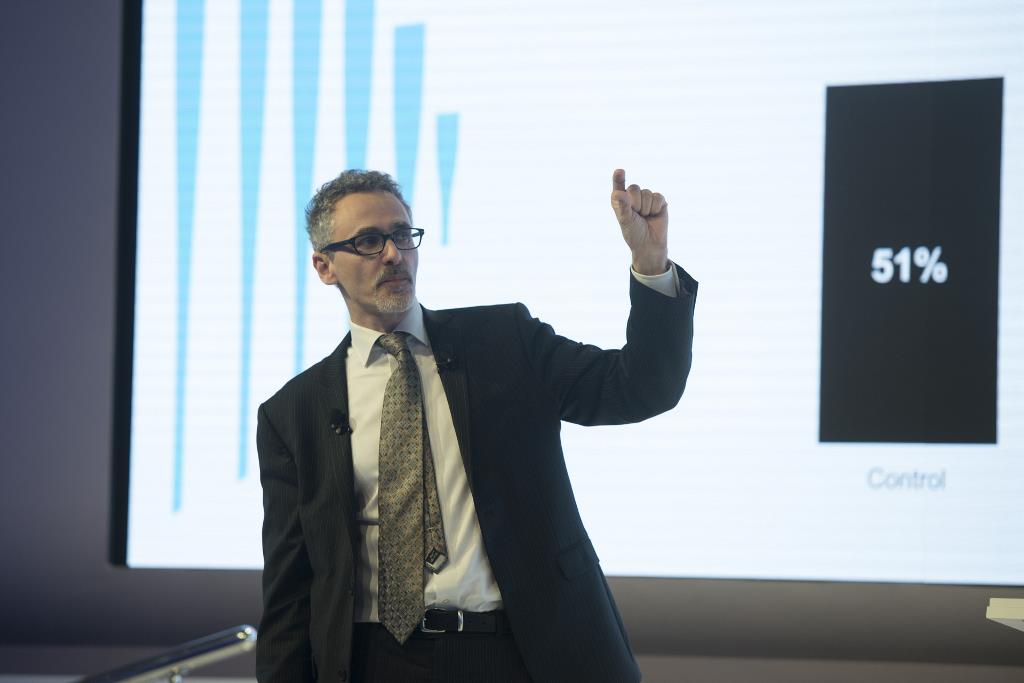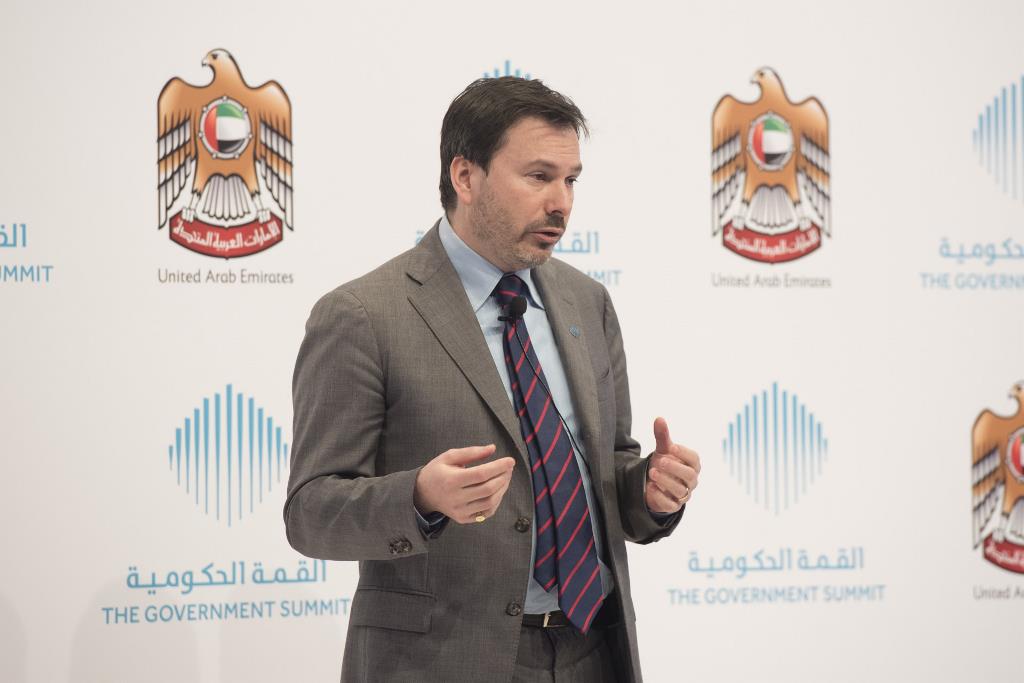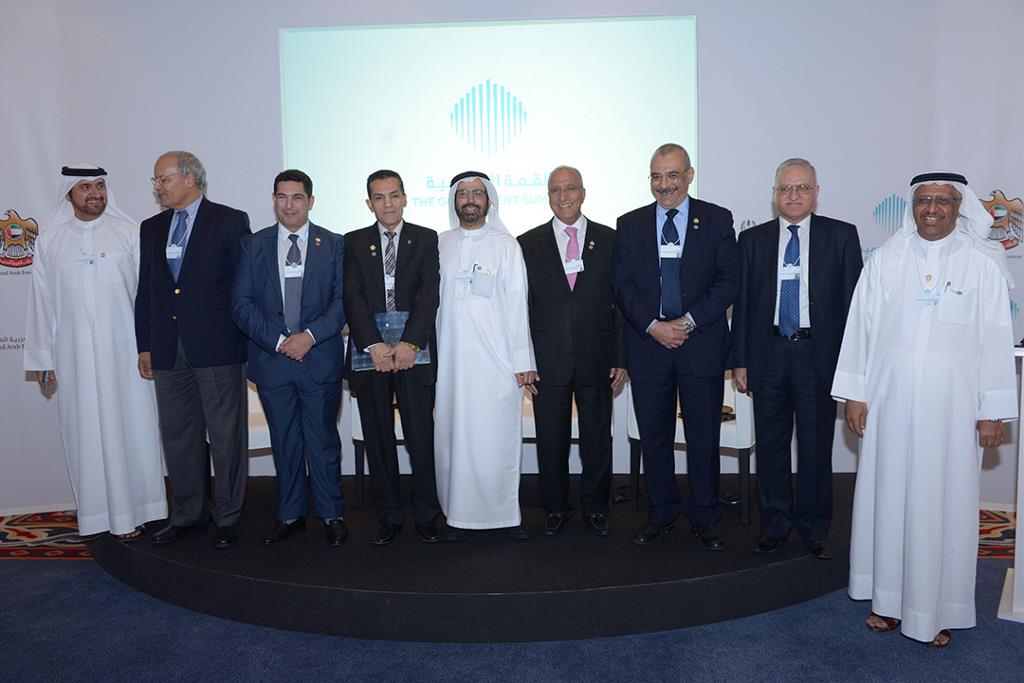Delivering Happiness
Happy people make productive communities and profitable enterprises. So how do governments and companies make their people happy?
Jenn Lim, CEO and Chief Happiness Officer of Delivering Happiness, says understanding and embracing one’s vision, meaning and higher purpose – whether individually or corporately – will lead us to finding and sustaining our happiness.
Speaking at the last day of the 2015 Government summit, Lim said the search for happiness is a universal truth. “Our brains are hardwired to seek happiness. Yet we’re super bad at predicting what can sustain it.”
Studies worldwide show that, 87% of the employees are disengaged and this translates to $500 billion worth of loss in productivity in the US alone.
On the other end of the spectrum, happy employees make happy customers, driving profitable companies. A happy workforce translates to better retention – data shows that making your employees happy and engaged, decreases the level of sick leaves by 66% and turnover by 51%.
More engagement also increases sales by 37%, productivity by 31% and profits by 22-33%.
The number speaks for itself. By applying the science of happiness, companies are more likely to be successful. Lim, who led the launch and management of the bestseller “Delivering Happiness” book, said the top 20 fastest growing e-commerce companies have used happiness as a business model and the results were outstanding – 39% increase in monthly sales and 92% decrease in unplanned absence.
Lim said building a sense of commitment runs at the forefront of a successful company. Defining core values also has to be initiated as early as possible.
In addition, the individual’s core values have to align with the company’s because at the end, he will invest significant time in his work so he better be a believer of the bigger picture.
A commitment to transparency as well as creating and living a vision are also essential. “Be real, be yourself,” Lim said. “Being true to yourself helps you build meaningful relationships. It’s not about networking. It’s about connectedness. If you’re interested, you don’t have to try to be interesting.”
To better apply the science of happiness into workplace, it is important to understand the three types of happiness. First is pleasure, which quickly comes and goes. Second is passion, when one is highly engaged that spending hours feels just like minutes. “This is when the level of skill meets the level of challenge,” Lim said. “Companies should be able to bring their people into this state of flow as this creates happiness.”
And third is the individual or organisation’s higher purpose or meaning, which will sustain the state of happiness.

